Images: Amazing Dominican Amber Trove
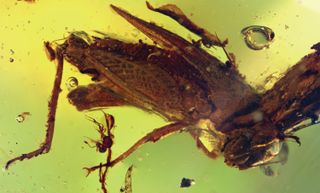
New fossil finds
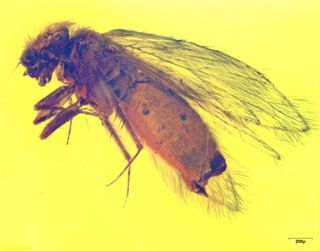
This wasp was discovered in amber collected from the Dominican Republic in 1959, then set aside and rediscovered in 2011. [Read the full story.]
Mating flies
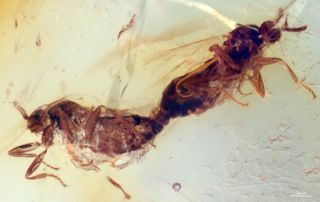
Two flies trapped in sticky tree resin as they mated millions of years ago.
Flower bud
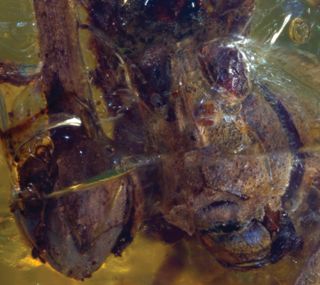
The head of a pygmy locust rests near a flower bud in amber.
Pygmy locust
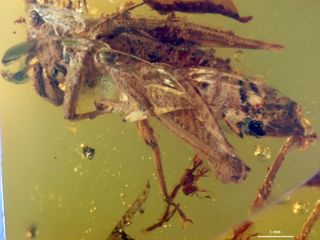
A new species of pygmy locust named for British naturalist Sir David Attenborough, Electrotettix attenboroughi.
Larvae
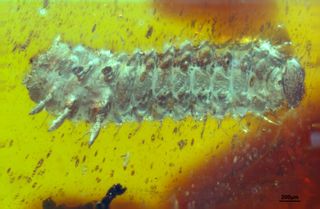
Larvae of an unknown species in the Illinois Natural History Survey's amber collection.
Biting midge
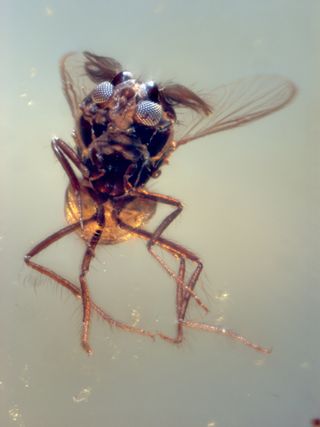
Biting midges are tiny, blood-sucking flies that are rarely found as fossils but are perfectly preserved in amber.
Gall midge
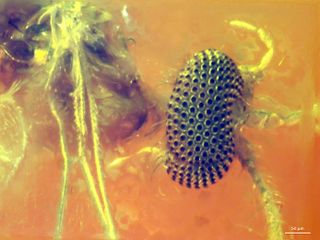
A gall midge entombed in amber.
Sign up for the Live Science daily newsletter now
Get the world’s most fascinating discoveries delivered straight to your inbox.
Mammal hairs
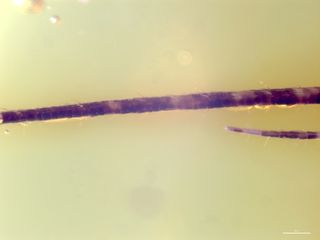
Hairs from an unknown mammal species.
Azteca ant
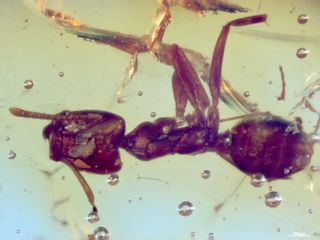
Azteca ants are a tropical species that live in trees.
Beetle
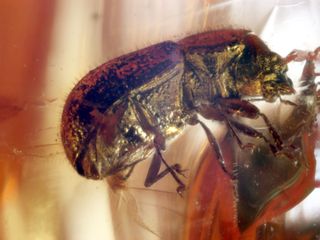
A beetle found in amber from the Dominican Republic.
Fungus gnat
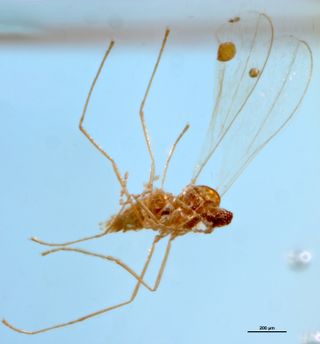
The delicate limbs and wings of a fungus gnat were preserved for 20 million years in amber.

Most Popular


